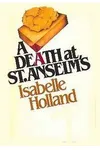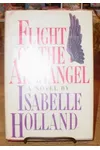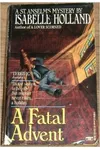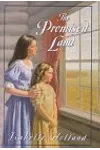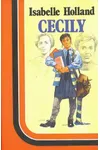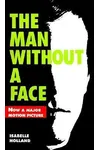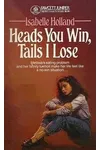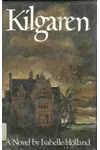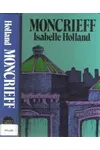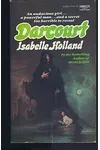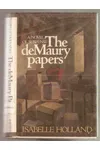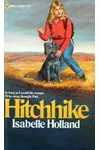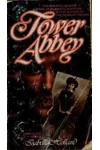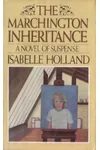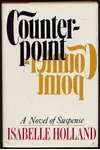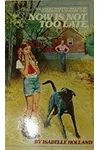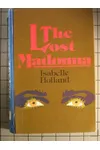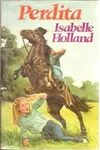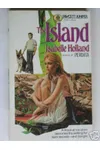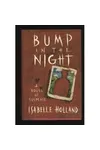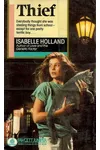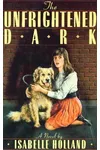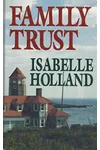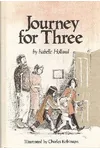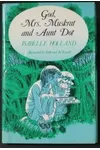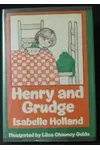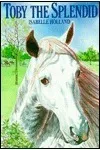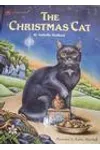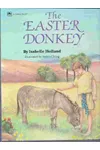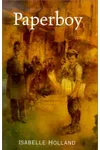Picture a Swiss-born storyteller who spun tales of gothic mystery and heartfelt young adult drama—meet Isabelle Holland! With over 50 books to her name, this American author wove complex characters and daring themes into stories that captivated readers across genres. From the haunting The Man Without a Face to thrilling adult mysteries, Holland’s work is a treasure trove of emotion and intrigue.
Born in Basel, Switzerland, in 1920, Holland’s life was as dynamic as her novels. Her ability to tackle tough topics like family struggles and redemption made her a beloved figure in 20th-century literature. Ready to dive into her world? Let’s explore the life and legacy of this remarkable writer!
The Making of Isabelle Holland
Isabelle Christian Holland’s early years were a whirlwind of global adventure. Daughter of a U.S. Foreign Service officer, she grew up in Guatemala, England, and Switzerland, soaking up diverse cultures that later flavored her storytelling. After attending the University of Liverpool and earning a B.A. from Tulane University in 1942, she moved to the United States in 1940, fleeing World War II. Her career kicked off in publishing, where she famously handled publicity for Harper Lee’s To Kill a Mockingbird at J.B. Lippincott. This behind-the-scenes role honed her literary instincts, and by her late 40s, she was ready to pen her own stories.
Holland’s first novel, The Fortune Hunter (1953), marked her debut, but it was her pivot to children’s and young adult literature that truly defined her. Inspired by the vivid child characters in her adult fiction, she found her calling in crafting stories that resonated with younger readers, blending realism with emotional depth.
Isabelle Holland’s Unforgettable Stories
Holland’s bibliography is a vibrant mix of gothic novels, romantic thrillers, adult mysteries, and young adult fiction. Her 1972 novel The Man Without a Face, a poignant tale of a troubled teen and his disfigured mentor, became a cultural touchstone, later adapted into a 1993 film starring Mel Gibson. The story’s exploration of mentorship and implied controversial themes sparked both praise and debate, showcasing Holland’s fearless approach.
Another standout, Bump in the Night (1991), tackled the harrowing effects of alcoholism on a family, earning a TV movie adaptation. Her young adult novel Of Love and Death and Other Journeys (1975), a National Book Award finalist, delved into grief and resilience with a sensitivity that defined her style. Holland’s later works, like The Journey Home (1990), drew on 19th-century New York’s immigrant experience, blending historical richness with her signature character-driven narratives.
Her writing was marked by vivid characters and plots that twisted like a good mystery. Critics lauded her realism and humor, though some noted a moralistic streak, suggesting she occasionally simplified complex issues. Still, Holland’s ability to weave tough topics—rape, teen pregnancy, and more—into accessible stories made her a trailblazer in young adult literature.
Why Isabelle Holland Matters
Isabelle Holland’s impact lies in her fearless exploration of human struggles. Her young adult novels gave teens a mirror for their own challenges, tackling taboo topics with compassion and honesty. For adult readers, her gothic mysteries and thrillers offered escapist fun with a sharp wit. Her archives, preserved at the University of Minnesota’s Kerlan Collection and the University of Southern Mississippi’s deGrummond Collection, remain a testament to her literary influence.
Holland’s work continues to inspire, proving that stories can entertain while sparking meaningful conversations. Her ability to bridge genres and generations cements her as a significant voice in American literature, one whose narratives still resonate today.
About Isabelle Holland
- Born: June 16, 1920, Basel, Switzerland
- Died: February 9, 2002, New York City
- Key Works: The Man Without a Face, Bump in the Night, Of Love and Death and Other Journeys
- Awards: National Book Award finalist (1976), Helen Keating Ott Award (1983)
Snag The Man Without a Face or Bump in the Night and dive into Isabelle Holland’s gripping world of drama and mystery!
